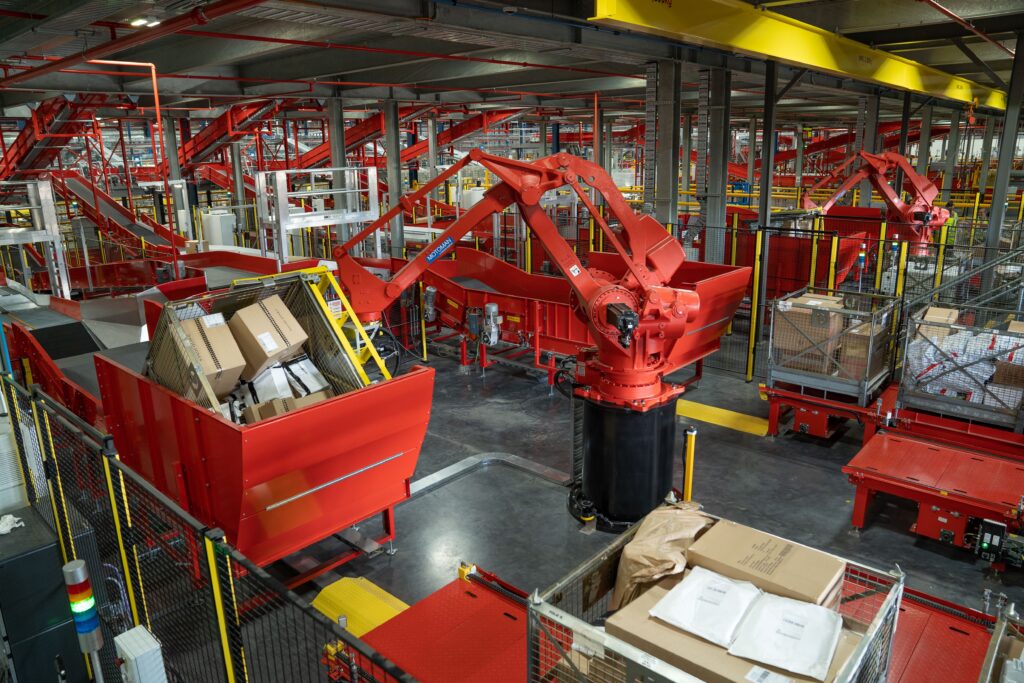Australia Post (AusPost) has committed an additional A$400m (US$300m) in new parcel facilities, fleet and technology by mid-2022 to help service the growing demand for services.
This will bring its total committed investment to more than A$1bn (US$750m) over three years, including recently opened parcel processing facilities in Brisbane, Sydney, Melbourne and Adelaide, as well as five brand new facilities currently underway in Perth (Western Australia), Bayswater (Victoria), Western Sydney (New South Wales), Botany (New South Wales) and Tullamarine (Victoria).
The business has also committed an additional A$20m (US$15m) in upgrading systems to cloud-based solutions over the next year to improve parcel scanning and tracking in the network.
Paul Graham, CEO and managing director, Australia Post Group, said, “Australia Post has an unrivalled delivery and post office network. We know our customers want their parcel delivered as quickly and efficiently as possible so that’s why we are further increasing capacity with five brand new processing facilities before our peak period in 2022.
“Four of these new facilities are located close to major e-commerce hubs in NSW and Victoria, with the fifth a A$42m (US$31.5m) investment on the west coast to meet the growing demand for parcel services in Western Australia.
“This is in addition to newly launched facilities in Adelaide and pop-up facilities across the network, adding 30% extra processing capacity this Christmas.
“We are also investing to extend our already extensive last-mile delivery network – with a further A$31m (US$23m) committed to the new electric delivery vehicle fleet – which are better for the environment and safer for our people,” he said.
Australia Post has seen online shopping increase by as much as 32% during the pandemic, with the organization consistently delivering more than 10 million parcels a week across the country. Over 5.7 million Australian households are now consistently shopping online and it is expected online shopping will continue to grow over the coming years by 9-10% per annum on average over the next decade.


